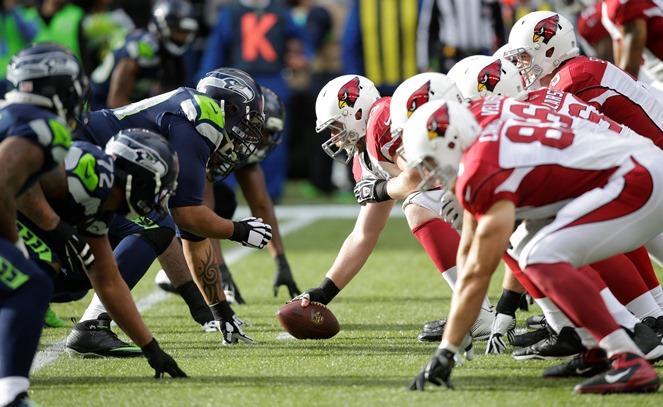Leading By Example: Healthy Rivalries
January 22, 2019
(Definition) Rivalry: Competition for the same objective or for superiority in the same field

Rivalry is healthy on many occasions. It pushes both individuals and teams to play harder, smarter, and more determined. Fans are more passionate about the game when there is a little bit of rivalry involved. However, sometimes rivalries can become unhealthy if things get out of control. When does it become unhealthy? You know that your sports rivalry has become unhealthy when players obtain a “tunnel vision” mentality; this is when “success is measured solely by how one stacks up against a single competitor” (Laura Entis). Rivalry is unhealthy when a game becomes more than just a game for players. It’s when the player’s, or players,’ goal shifts from wanting to play harder and winning to wanting to be better than the other team in a non-sports-related way and winning. You’re also able to tell that it’s gone wrong when fans on one or both sides are hard to handle. Some of the biggest rivalries, take Duke v Carolina for instance, can do some of the worst damage for fans. Most of the time, it’s more about what happens with the opposing fans instead of what happens with the opposing players.
Consider the history of rivalries–both healthy and unhealthy. Here’s a list of some big sports rivalries and a few competitive business rivalries:
Cardinal Gibbons v Broughton
Hunt v Fike
Auburn v Alabama
Clemson v South Carolina
Army v Navy
New York Yankees v Boston Red Sox
NC State v UNC
ECU v NC State
Duke v UNC
UGA v Georgia Tech
Dallas Cowboys v Washington Redskins
Pepsi v Coca-Cola
Ford v GM
CVS v Walgreens
UPS v FedEx
Canon v Nikon
RMA v O’Neal
Healthy rivalry occurs when the very best is brought out from both teams when playing the other. It happens when either of the teams can easily say something like, “that team brought out the best in us” or “that team made us play the hardest we ever have.” The point is–a healthy rivalry should bring out the best playing in athletes and cheering from fans–not the worst. You might not have noticed, but the very last rivalry I listed above was RMA v The O’Neal School. The reason why I included this is because I have a personal testament to this healthy, positive rivalry. This year was the first year we played The O’Neal School in Southern Pines, and being our first year playing, our varsity girls’ tennis team didn’t really know what to expect. On the court, we faced one of toughest matches in recent history. The competition was very intense, but it allowed our 6 singles players and 3 sets of doubles players to use their best skills, all unique and different to each player. We rose to the challenge and won our first tight match with them by 5-4 and the second by 7-2. They were fierce competitors and stayed very focused during the match; however, off the court, that demeanor melted into friendliness. Their fans happily walked one of our players to get ice for an injury, and later on in the season, one of their top players was open to give us advice for an upcoming match. Overall, our rivalries should model this type of rivalry. We should focus on having healthy competition, creating healthy rivalries rather than unhealthy ones.

